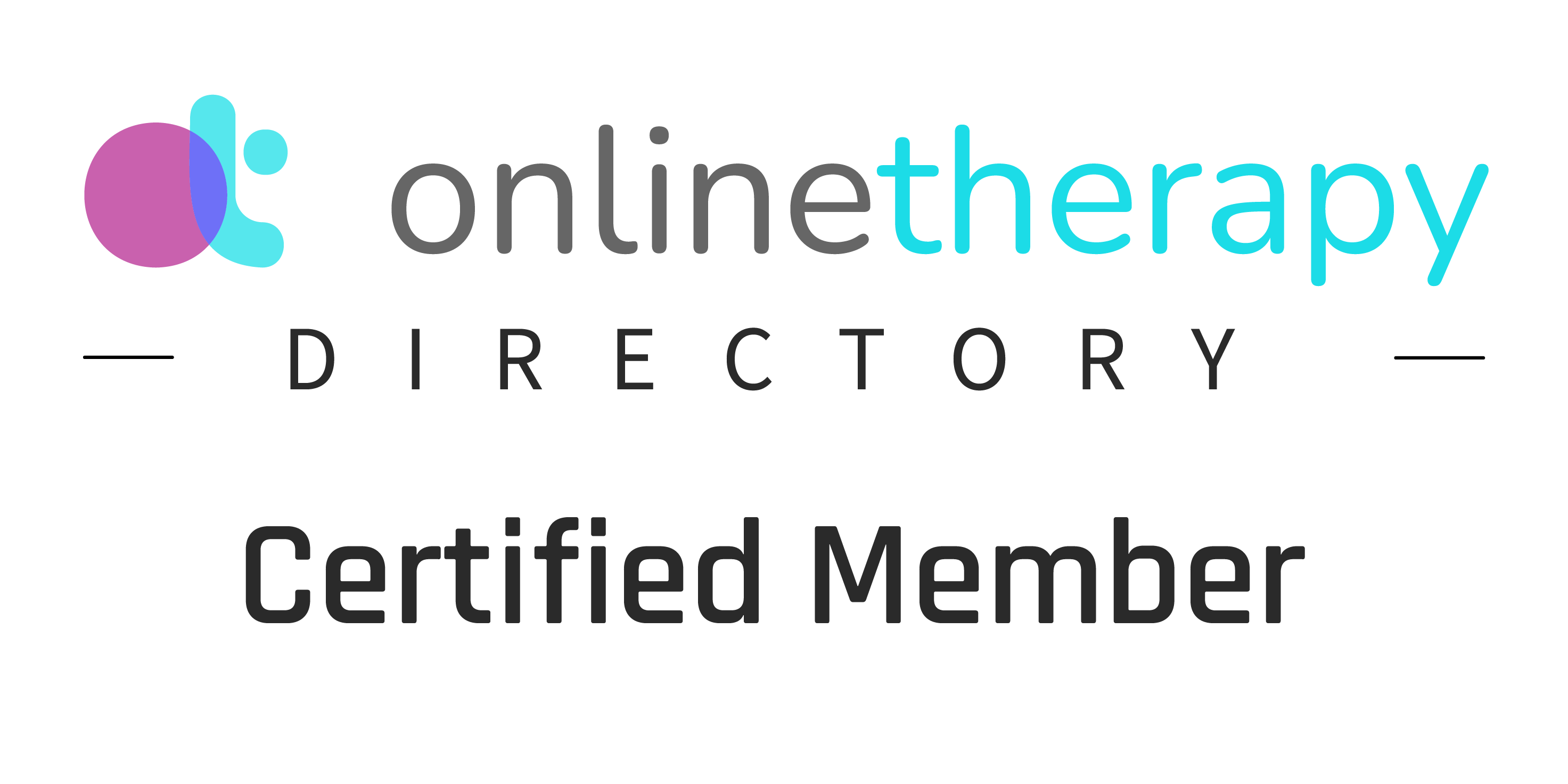Embracing Your Inner Child: A Journey to Self-Healing and Growth
Welcome back to Pathways to Wellness: Insights from Francesca Wehr, LCSW. Today's post will delve into the concept of inner child work, a therapeutic approach that can promote self-healing, personal growth, and emotional well-being. By exploring and addressing the needs of our inner child, we can foster a greater understanding of ourselves, create healthier relationships, and ultimately lead more fulfilling lives.
What is Inner Child Work?
Inner child work is a therapeutic process that focuses on recognizing, understanding, and nurturing the childlike aspects of our psyche. Our inner child represents the part of us that carries the emotions, memories, and experiences from our childhood. This aspect of ourselves may hold unresolved pain, unmet needs, and lingering fears, which can influence our thoughts, behaviors, and relationships in adulthood.
The Benefits of Inner Child Work
Engaging in inner child work can have numerous benefits for our mental and emotional well-being:
Emotional healing: Addressing unresolved pain or trauma from our childhood can help us process and release these emotions, leading to greater emotional balance and well-being.
Improved self-awareness: Understanding the needs and experiences of our inner child can provide valuable insights into our behaviors, patterns, and emotional reactions in adulthood.
Enhanced relationships: By healing our inner child, we can develop healthier communication and attachment styles, leading to more fulfilling relationships with others.
Increased self-compassion: Acknowledging and validating the experiences of our inner child can foster a deeper sense of self-compassion and self-acceptance.
Personal growth: Inner child work can help us break free from limiting beliefs and patterns, opening the door for personal growth and self-improvement.
How to Begin Inner Child Work
There are several approaches to engaging with your inner child, and you may find some methods resonate with you more than others. Here are a few suggestions to help you get started:
Journaling: Write a letter to your inner child, expressing your thoughts, feelings, and experiences. This can help you connect with and validate the emotions of your inner child.
Visualization: Close your eyes and imagine meeting your inner child. Observe their appearance, demeanor, and surroundings. Engage in a conversation with them, asking about their needs, feelings, and experiences.
Art therapy: Create drawings, paintings, or collages that represent your inner child or specific childhood experiences. This can provide a visual representation of your inner child's emotions and needs.
Mindfulness and meditation: Practice mindfulness and meditation techniques that focus on connecting with your inner child, such as loving-kindness meditation or guided imagery exercises.
Professional support: Work with a mental health professional, such as a licensed clinical social worker, who is experienced in inner child work to guide you through the process.
Inner child work is a powerful tool for self-healing, personal growth, and emotional well-being. By acknowledging, validating, and nurturing our inner child, we can foster a greater understanding of ourselves and create healthier, more fulfilling lives.
If you're interested in exploring inner child work and other therapeutic approaches to support your mental health journey, feel free to reach out to Francesca Wehr LCSW Mental Health Counseling for guidance and support.













